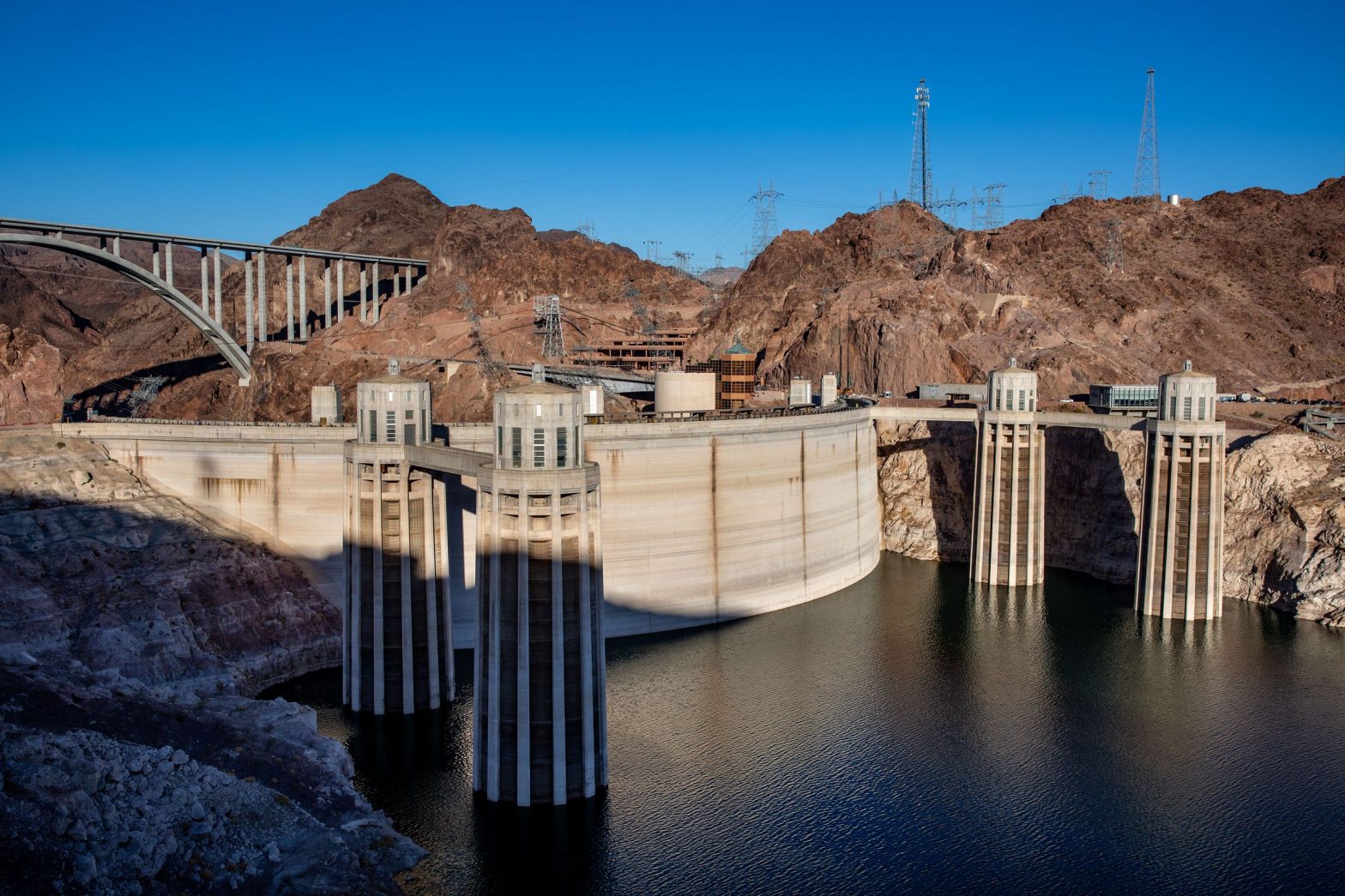/
Energy-related carbon dioxide emissions hit a new high in 2023.
Share this story
:format(webp)/cdn.vox-cdn.com/uploads/chorus_asset/file/25313373/1621377563.jpg)
2023 can now boast a terrifying record: planet-heating carbon dioxide emissions from global energy use hit a record.
It’s been almost a decade since the adoption of the 2015 Paris climate agreement to stop global warming. To fulfill the most ambitious goals in the agreement, countries are supposed to slash global greenhouse gas emissions by 2030, reaching net zero by the middle of the century.
But we’re moving in the opposite direction. Energy-related emissions rose by 410 million metric tons in 2023, according to a new analysis by the International Energy Agency (IEA). That’s roughly equivalent to the annual pollution from adding more than 1,000 new gas-fired power plants.
Deploying clean energy really is a race against time. Global temperatures are on the rise as all of that pollution builds up in our atmosphere and traps heat. Last year also happened to be the hottest year on record, with temperatures likely higher in 2023 than they have been in at least the last 100,000 years. The effects extend beyond heat to more extreme droughts, fires, storms, floods, and other disasters made worse by climate change.
To make things tougher, climate change also made it more difficult to generate renewable energy. Severe drought, particularly in the US and China, led to an “exceptional shortfall” in hydropower in 2023, the IEA found. That alone was enough to account for 40 percent of the rise in emissions last year.
Power grids usually tap fossil fuel power plants whenever hydropower runs low. If not for that strain on hydroelectricity, CO2 pollution from the power sector would probably have fallen last year.
Nevertheless, the IEA is remarkably confident in the steady march of clean energy projects getting off the ground. Without the boom in clean energy technologies over the past five years — from solar panels and wind turbines to electric vehicles and heat pumps — there would have been three times as much carbon dioxide pollution, according to the new IEA report.
“The clean energy transition has undergone a series of stress tests in the last five years,” IEA executive director Fatih Birol said in a press release today. “It has demonstrated its resilience.”
